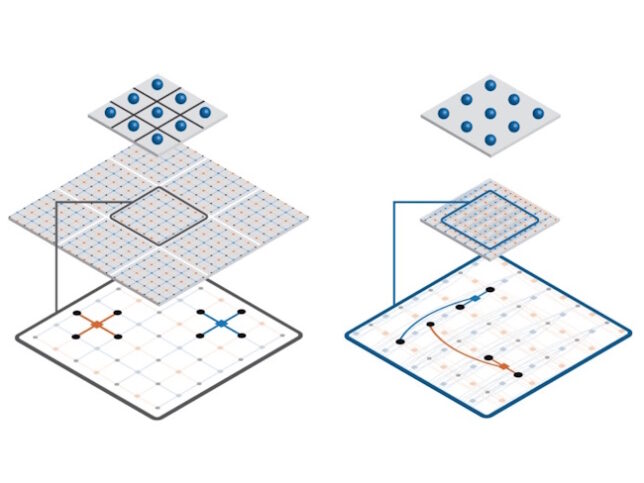A Canadian company has hit a significant milestone in its efforts to accelerate the timeline to useful quantum computing.
Vancouver-based Photonic Inc. has introduced a new, low-overhead family of quantum low-density parity check (QLDPC) codes, which can efficiently perform quantum computation and error correction at the same time while using materially fewer quantum bits (qubits) than traditional surface code approaches.
Unlocking the quantum logic of high-performance QLDPC codes has been the “holy grail” of quantum error correction research and development for 30 years. It is also one of the obstacles to cost-effective quantum computing at scale.
Photonic’s “fast and lean” QLDPC codes, called SHYPS codes, can run all quantum algorithms using up to 20× fewer physical qubits compared to the traditional approaches to error correction, which is a key challenge that must be addressed if quantum computing is to become widely adopted.
Error correction is necessary if quantum computing is to realize the promised exponential speedups over known classical approaches for key computational challenges.
QLDPC codes are not new; they were introduced 20 years ago, but it has taken researchers more than a decade to unlock the ability to perform quantum logic using QLDPC codes. Photonics’ new research paper outlines how to compute using SHYPS QLDPC codes and achieve efficiency gains that will lead to commercially useful quantum applications.
These error correction codes are necessary to build quantum repeaters—objects that take a quantum signal and extend the distance.
Photonic’s QLDPC code family has specific hardware requirements for implementation that not every approach to quantum computing can deliver. The company’s Entanglement First architecture provides the high levels of connectivity needed to realize the benefits of QLDPC codes.
Late last year, Photonic announced it was testing quantum networking that leverages quantum encryption for ultra-secure, tamper-evident transfer of information over long distances with one of Canada’s major telcos, Telus.
Read the full EE Times article.
Gary Hilson is a freelance writer with a focus on B2B technology, including information technology, cybersecurity, and semiconductors.
